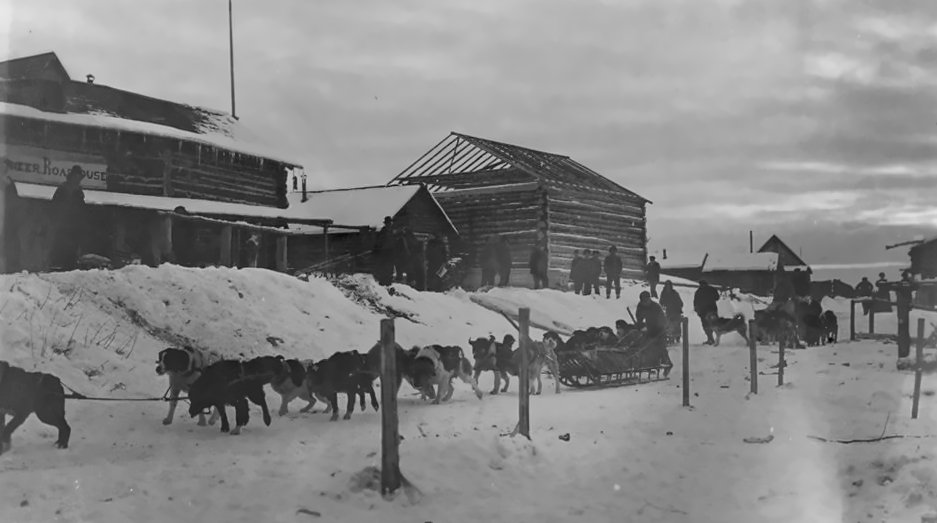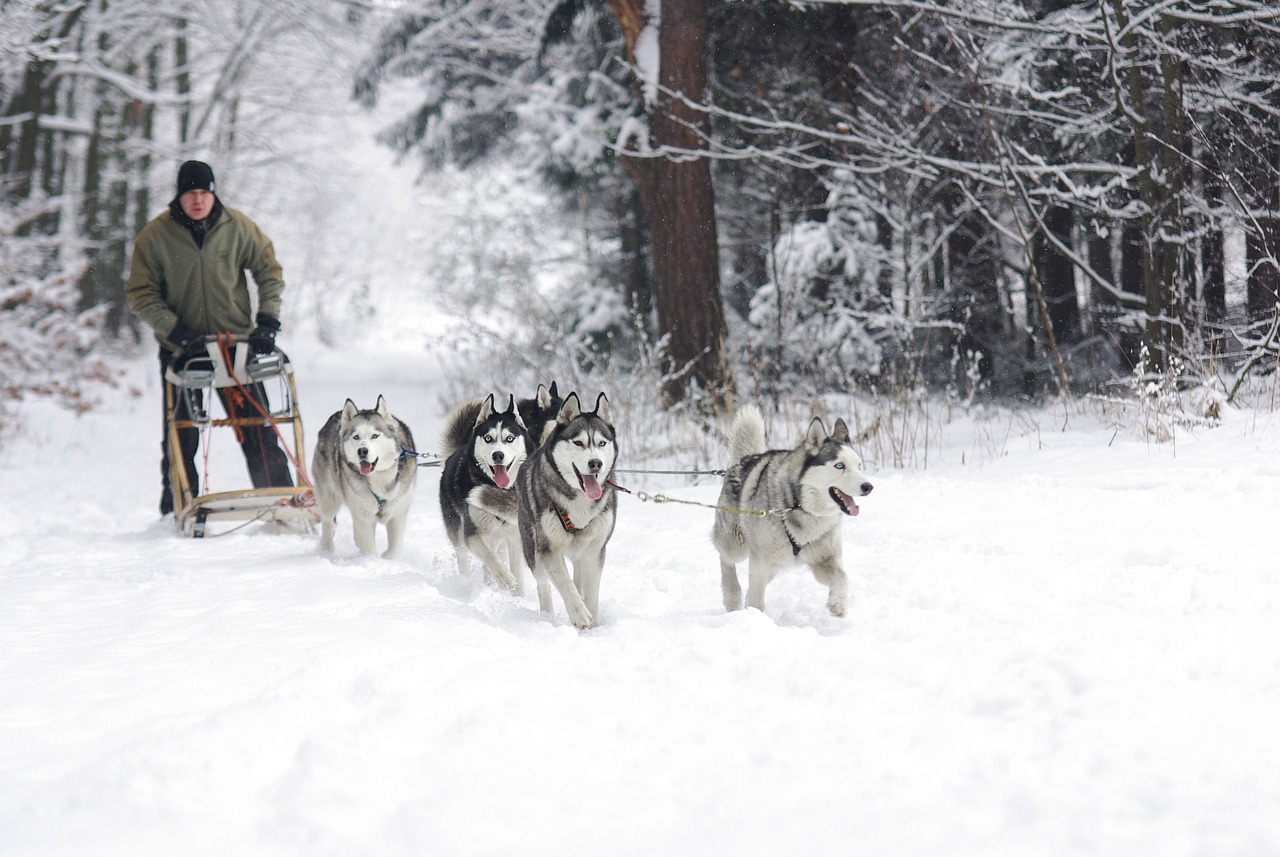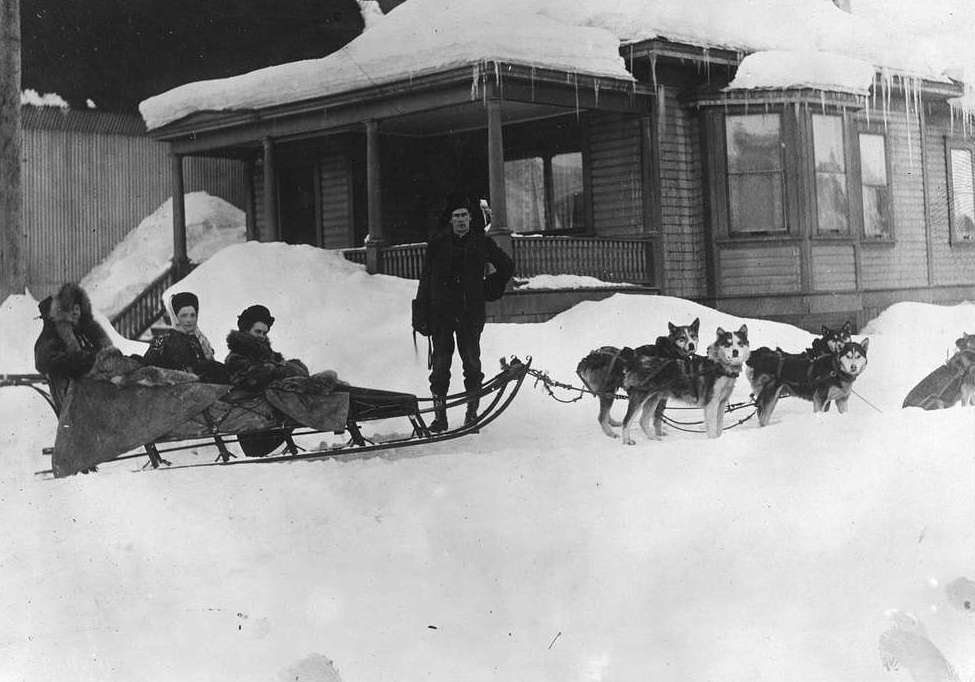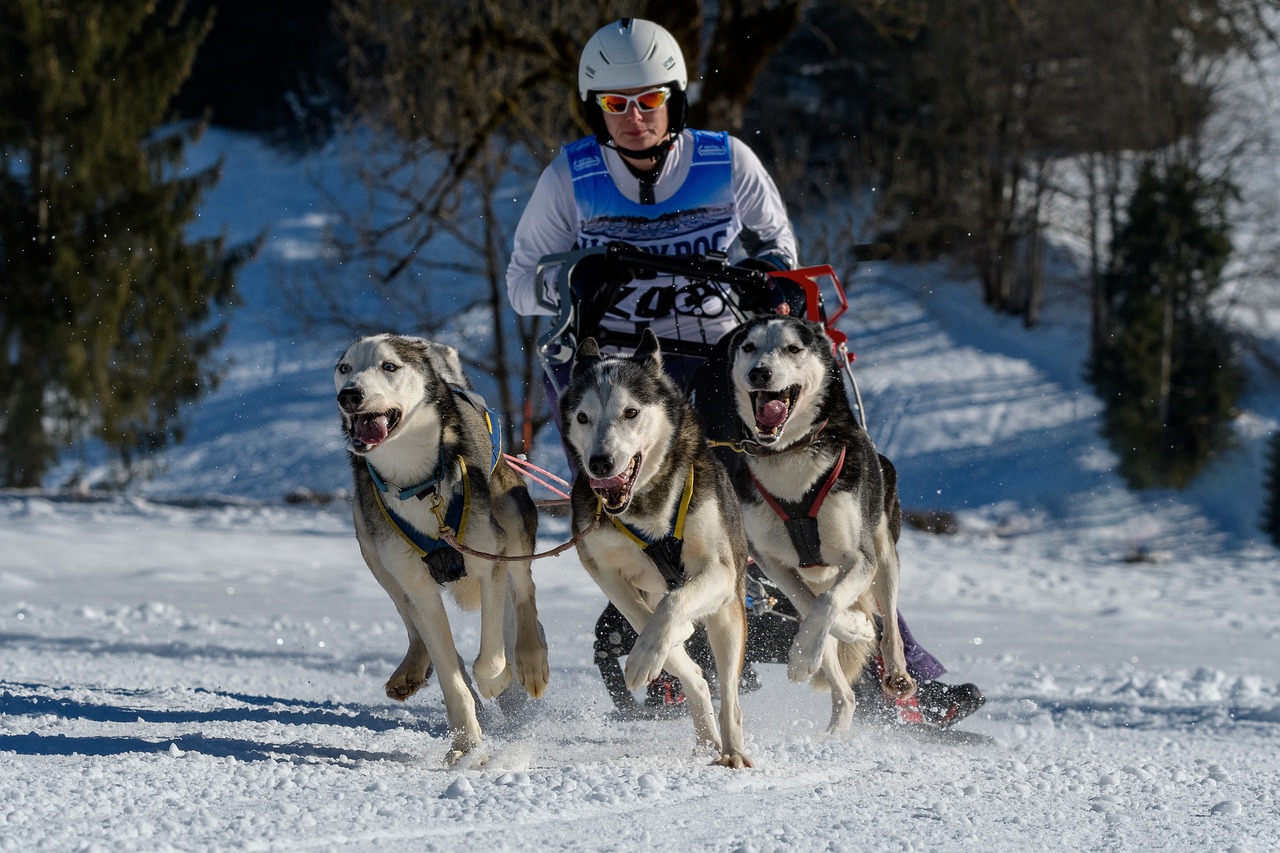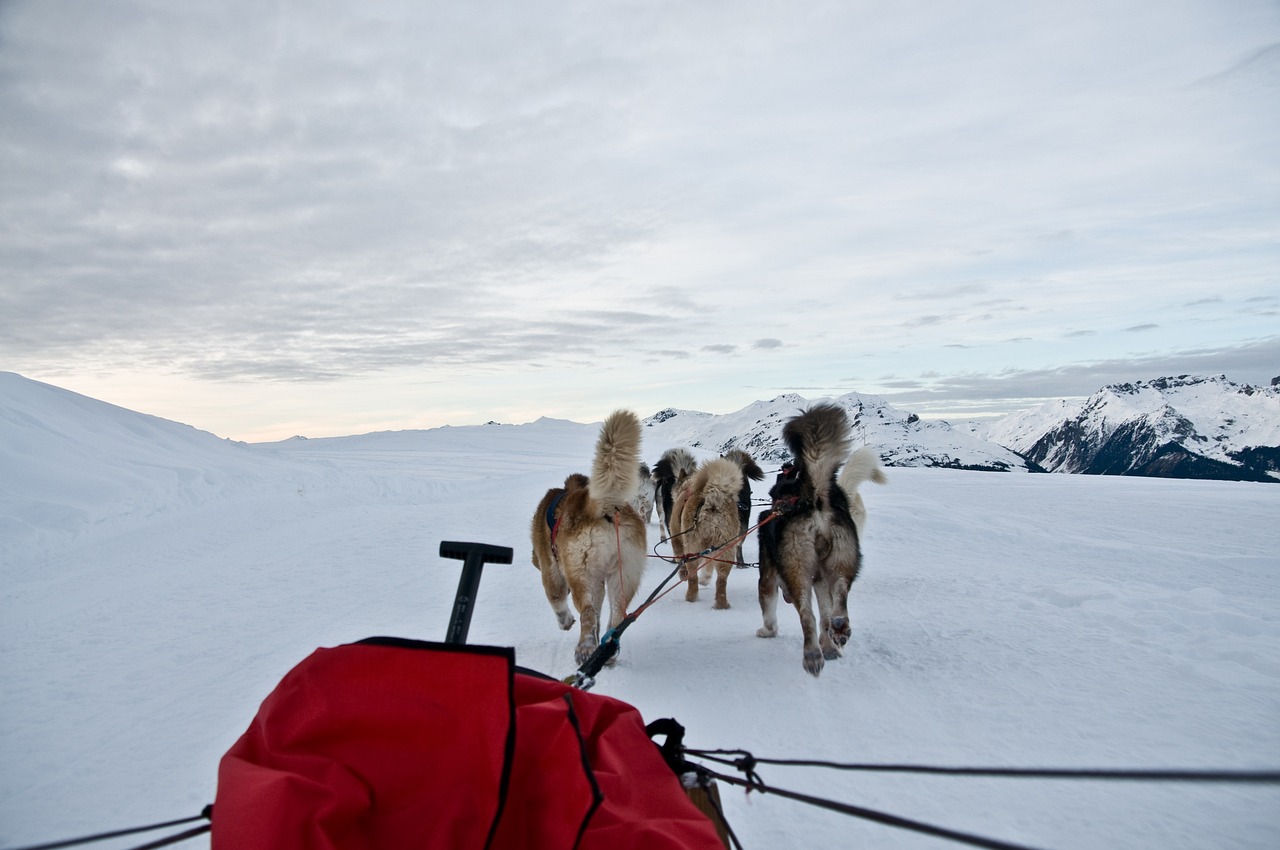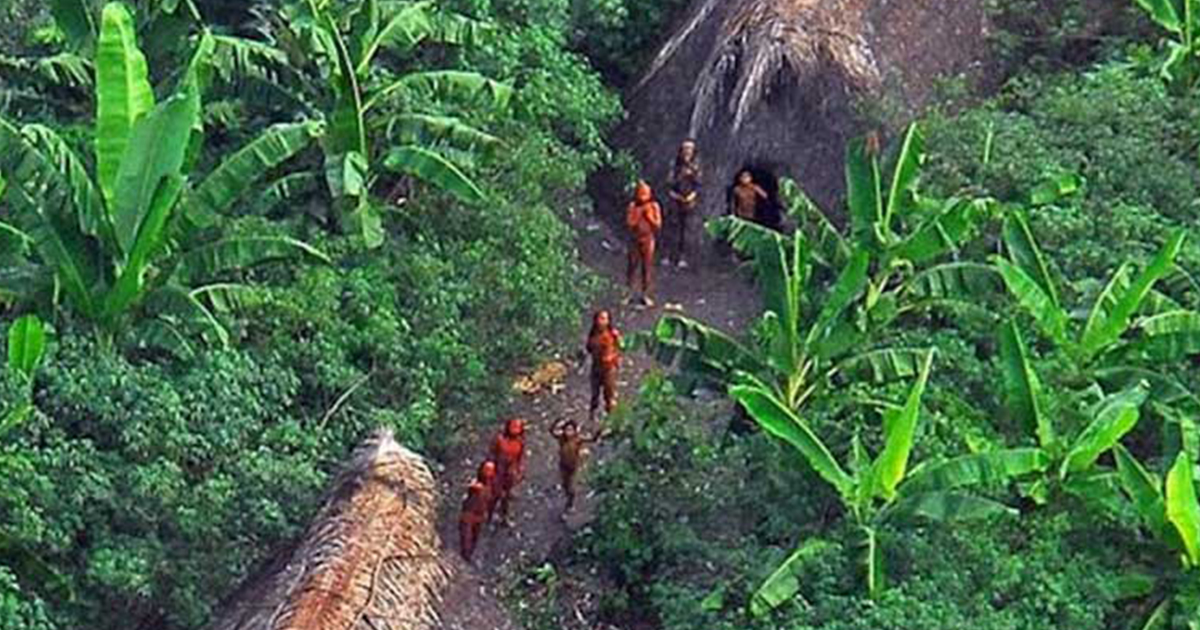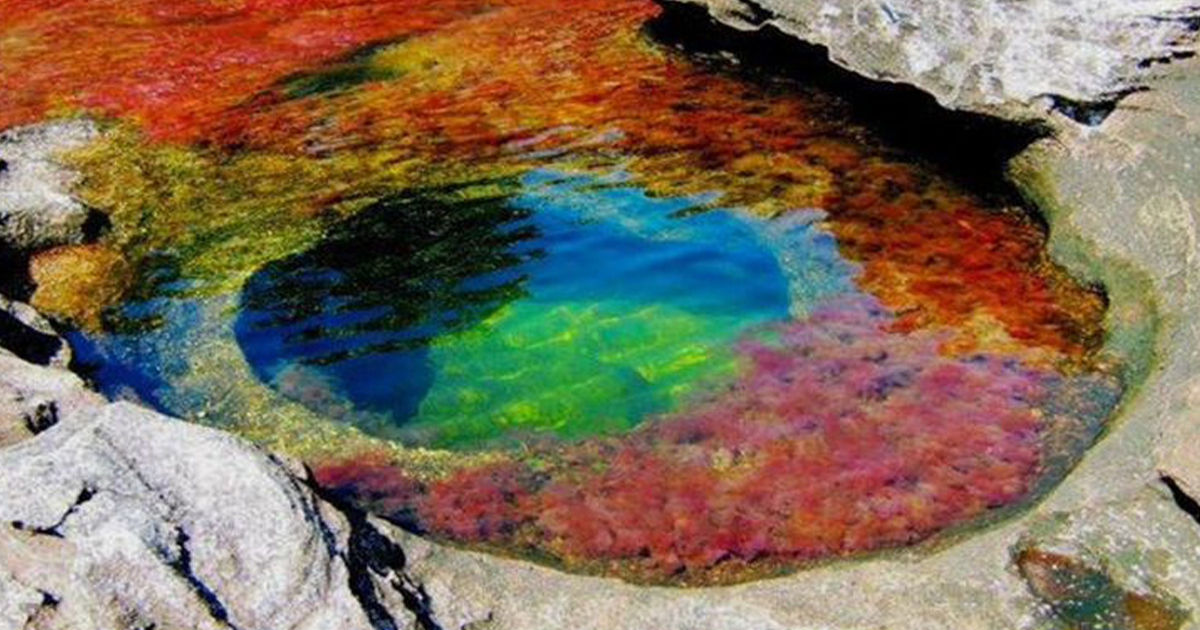The Real Deal
When most people think of dog sledding, they picture a charming winter pastime tucked away in snowy corners of the world. But there’s much more to it than that. Dog sledding is a serious sport on par with skiing or snowboarding. In fact, some adventurers travel far and wide in search of the best trails and dog teams to experience the thrill of the ride.
From the origins of mushing to the dog breeds and gear that makes it all possible, here’s a closer look at the fascinating world of dog sledding—and why it continues to capture the imagination of winter lovers around the globe.
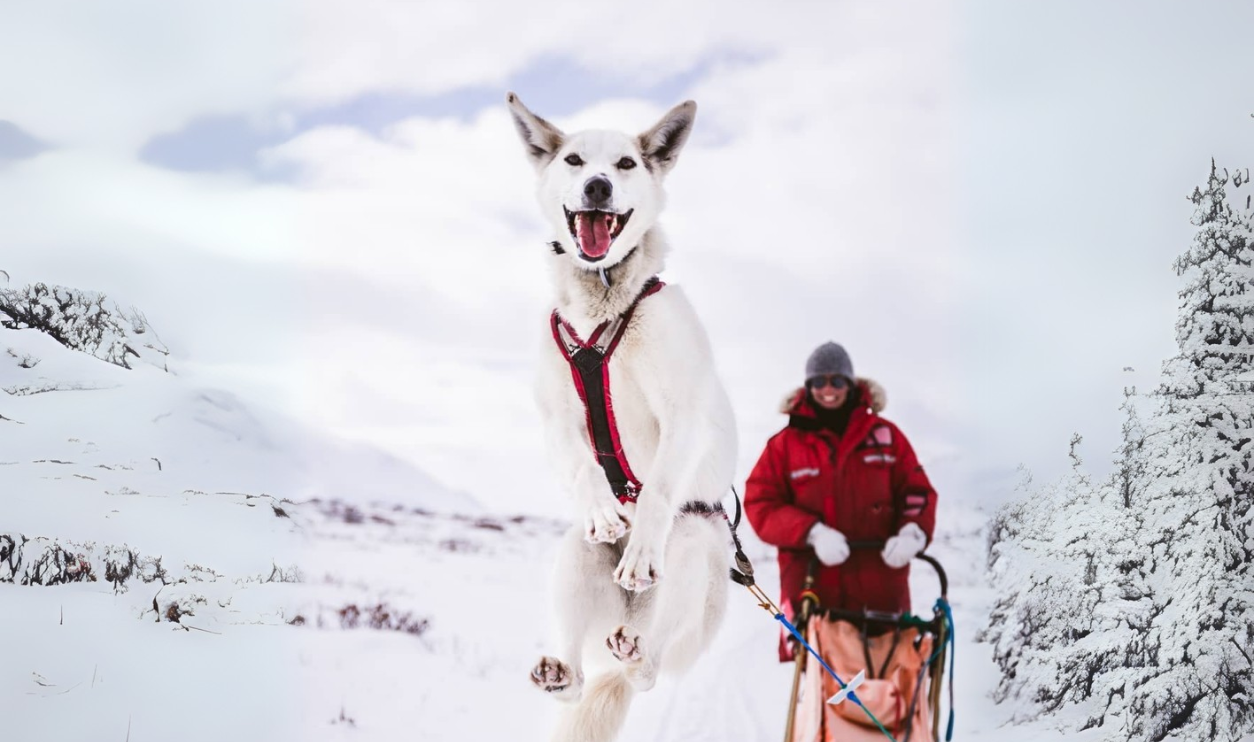
The Beginning
Dog sledding dates back more than 4,000 years, making it one of the oldest known methods of travel across snow and ice. Its roots lie in the ancient cultures of the Arctic, where sled dogs were essential for survival in some of the harshest climates on Earth.
Today, the tradition lives on — especially in Indigenous communities, where dog teams continue to play a vital role in transportation, hunting, and staying connected across vast, remote landscapes.
The Sport Of It All
Dog sledding is not only used as practical transportation, but it has also become a thrilling adventure. Countries such as Canada, Alaska, Norway and Greenland are known for their dog sledding traditions.
Dog sledding races include the Yukon Quest, Beargrease Sled Dog Marathon, and La Grande Odyssée Savoie Mont Blanc, among others.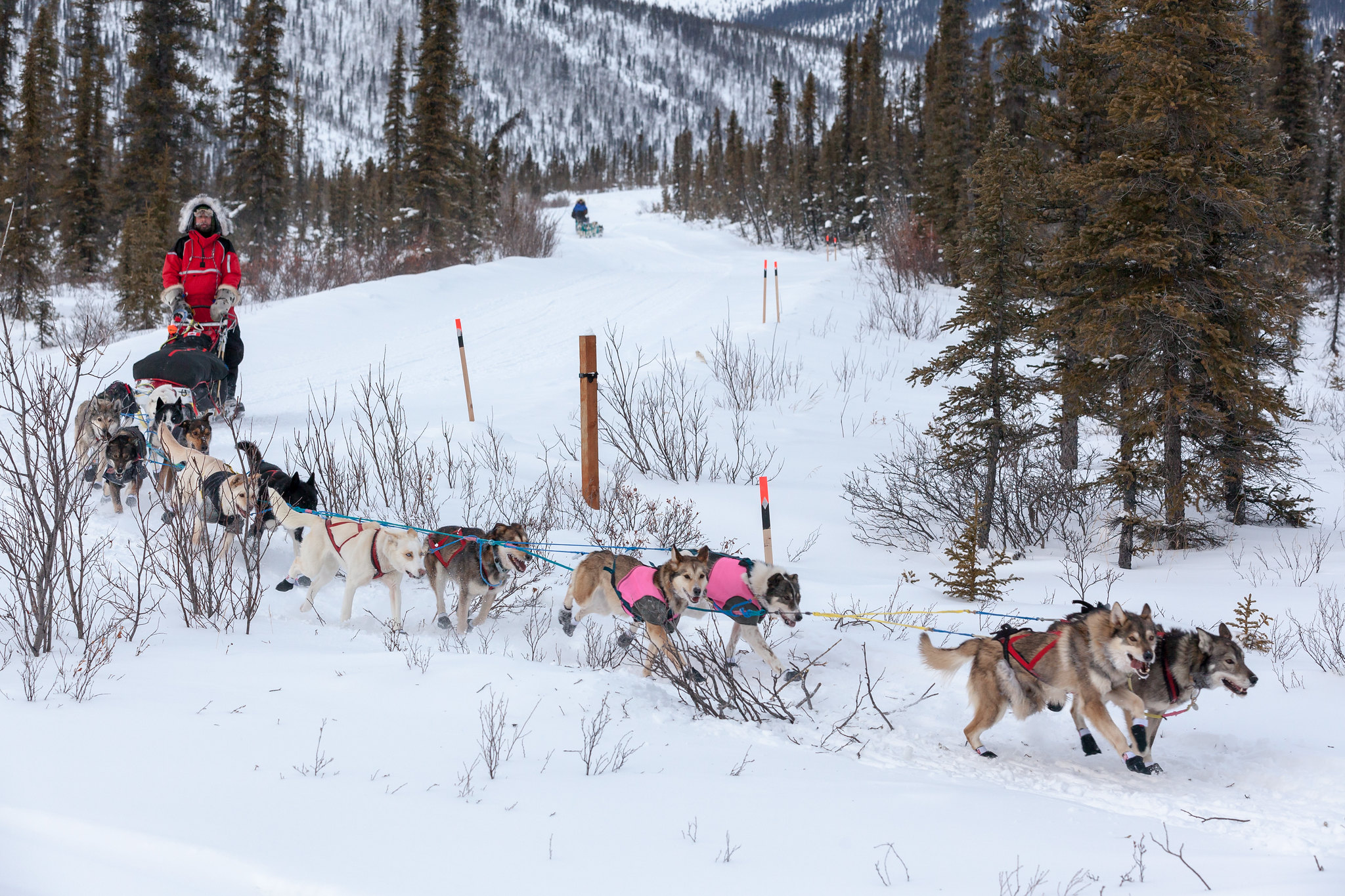 Bureau of Land Management Alaska, Flickr
Bureau of Land Management Alaska, Flickr
Teamwork Makes The Dream Work
At its core, dog sledding is a team effort—with a sled pulled by a carefully organized group of dogs, typically numbering between 8 and 14. But there’s more structure to it than you might expect.
Leading the charge is the lead dog, responsible for setting the pace and responding to the musher’s commands. Just behind are the swing dogs, who help guide the team around turns, while the powerful wheel dogs, closest to the sled, provide the strength needed to haul the load through snow and ice.
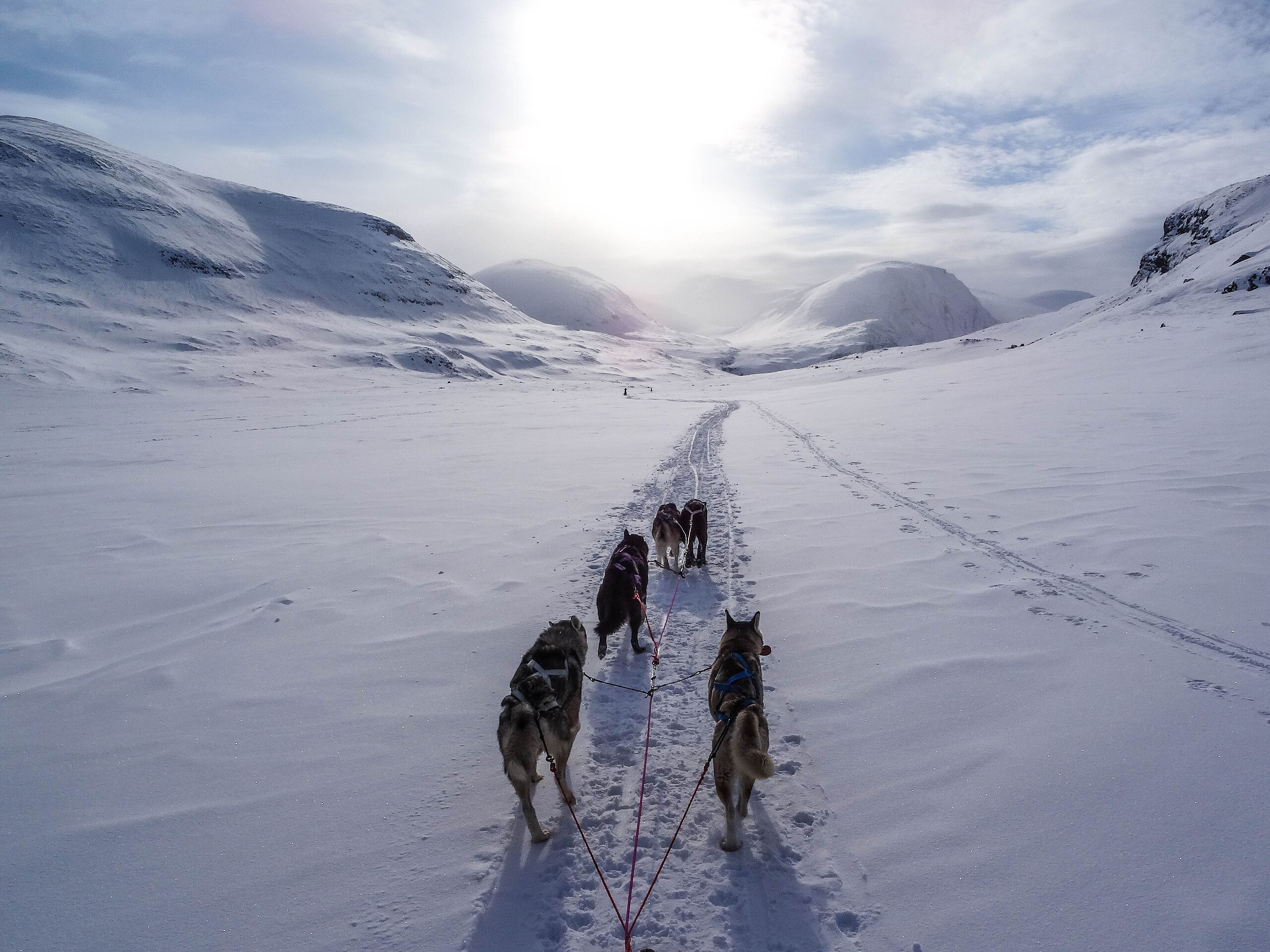 James Padolsey, CC0, Wikimedia Commons
James Padolsey, CC0, Wikimedia Commons
The Best Breeds
The most common breed used for dog sledding are Huskies. They are known for their endurance and strength.
They also have a thick coat, strong muscles, and the ability to withstand low temperatures.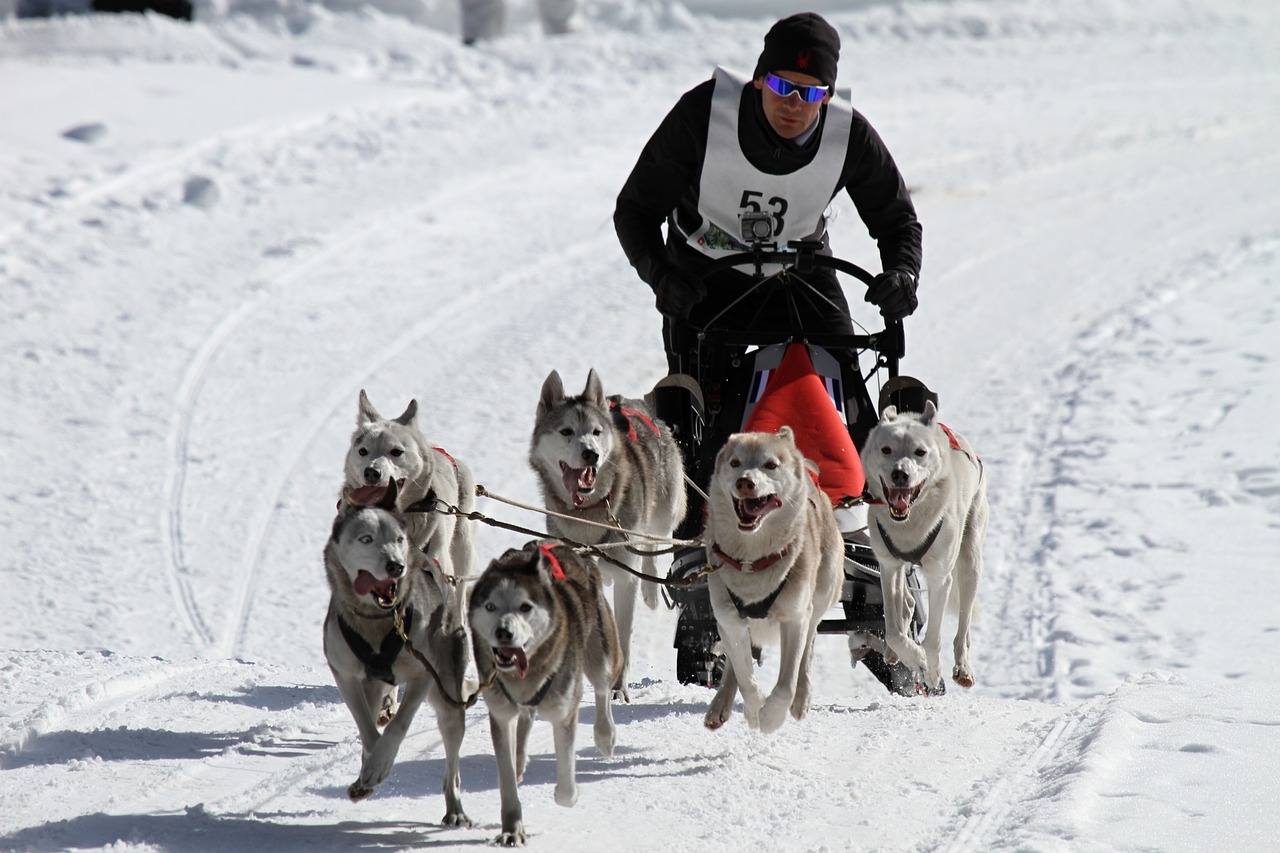 violetta, Pixabay
violetta, Pixabay
Seasonal Dog Sledding
Contrary to popular belief, dog sledding is not just a winter activity. In places with colder climates, dog-sledding can take place all year round.
Some places have specially designed sleds for changing terrain in dryer seasons.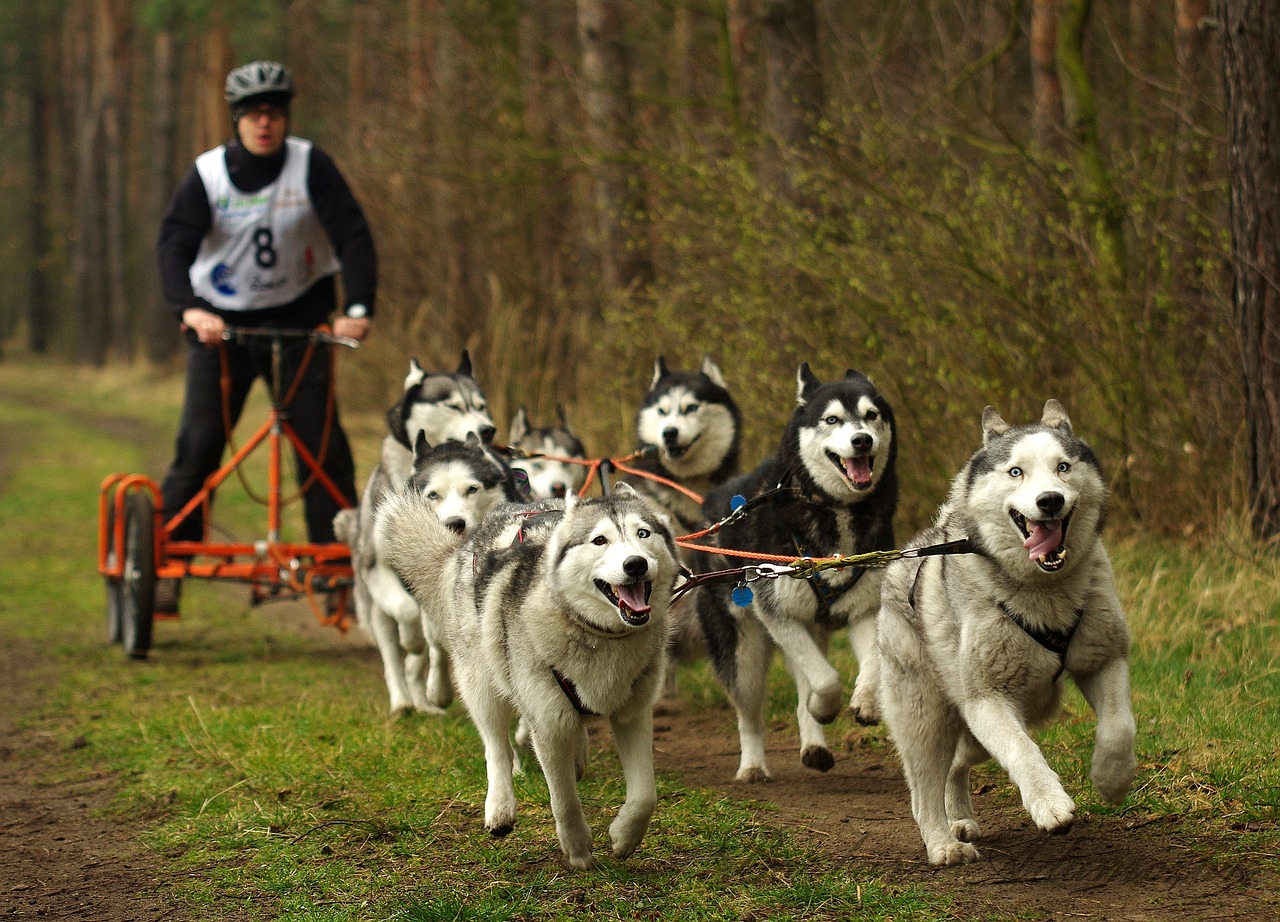 badamczak80, Pixabay
badamczak80, Pixabay
Doggy Daycare
Dog sledding isn’t just about speed and endurance—it’s built on trust, training, and care. Mushers, as dog sledders are known, dedicate countless hours to working with their teams teaching essential commands.
Just as important is the daily care they provide, making sure their dogs stay healthy, well-fed, and fit for the trail. The relationship between musher and team is the foundation of every successful run.
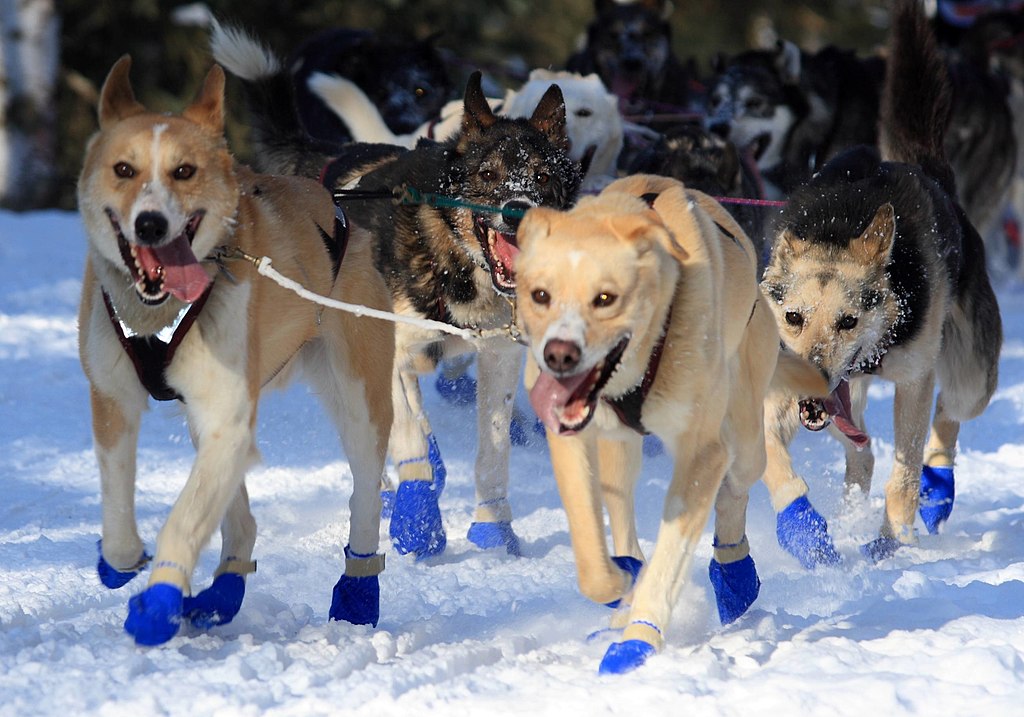 Frank Kovalchek, CC BY 2.0, Wikimedia Commons
Frank Kovalchek, CC BY 2.0, Wikimedia Commons
Building a Bond
It is essential for mushers to bond with their dogs, building a trust and connection. Trainers spend countless hours building a special bond with their dogs in order to understand body language and predict behaviors.
Pulling Weight
Sled dogs are strong, but they are extremely powerful as a team. They can pull loads that are many times their own body weight, sometimes as much as 10-20 times their weight.
For example, a single pair of sled dogs could haul upwards of 1,000 pounds over a short distance. Dog teams used specifically for hauling often manage loads of 300 pounds or more on a regular basis.
Running Speed
Sled dogs can run at speeds of up to 20 miles per hour over shorter distances, and 10-14 miles per hour at longer distances.
In poor trail conditions, sled dogs can still manage about 6-7 miles per hour. strangebiology, CC BY 2.0, Wikimedia Commons
strangebiology, CC BY 2.0, Wikimedia Commons
Mushers
The “drivers” of the sled are often referred to as “Mushers”. This is because the term “mush” is used to command the dogs to start running.
Some believe the term mushing comes from the French word “marcher”, which means to walk. It is believed that French voyageurs in the late 1800s introduced the term.
Others believe the Norwegian word "mushu" to be the origin of the English command "mush."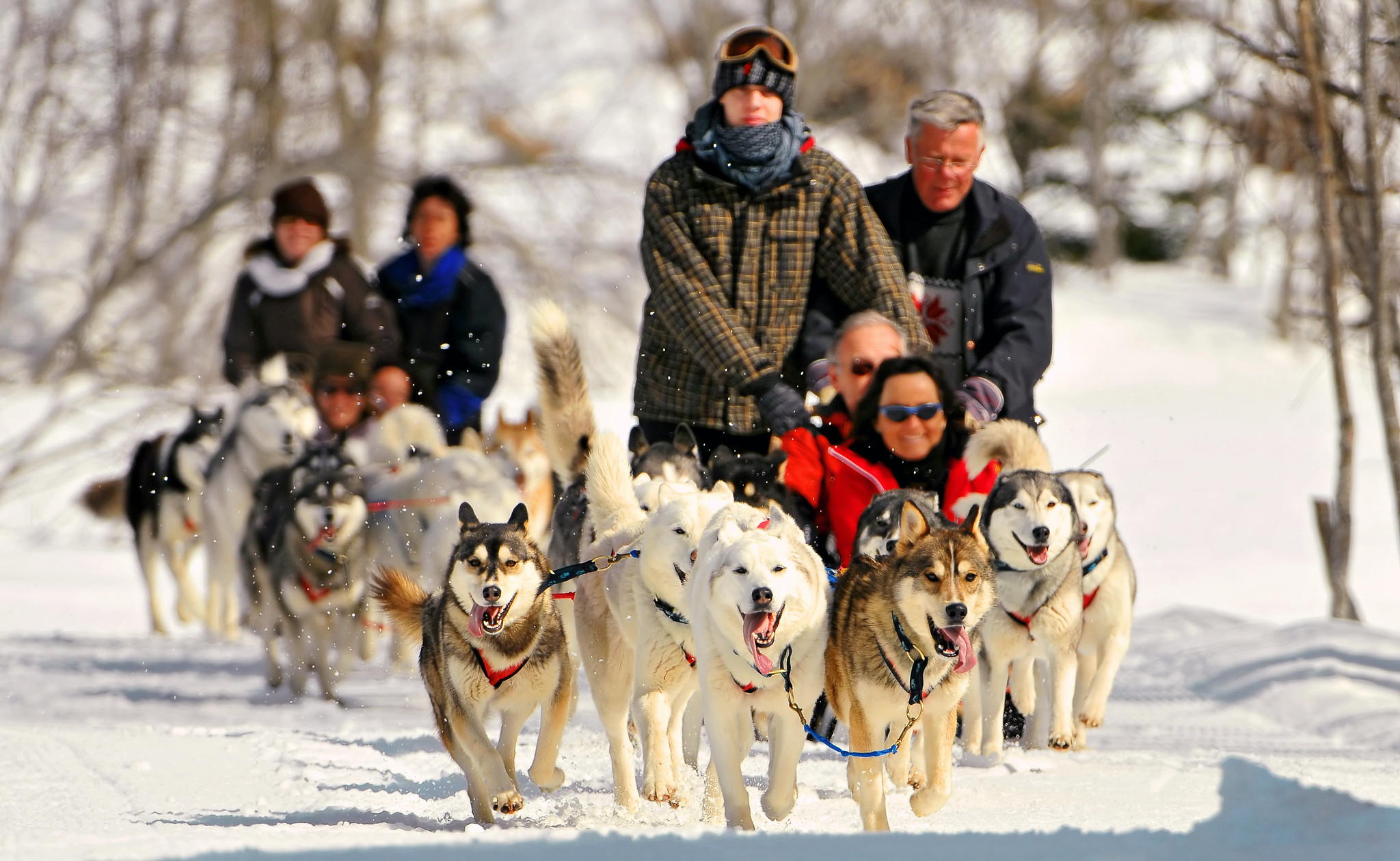 Tambako The Jaguar, Flickr
Tambako The Jaguar, Flickr
The Top Dog
The lead dog plays a vital role in any sled team. It's the one that listens to the musher’s commands and guides the rest of the pack along the route.
Not just any dog can take the lead. These dogs are selected for their intelligence, sharp instincts, and ability to make quick decisions, even in tough conditions. A great lead dog doesn’t just follow directions, it helps find the trail when it disappears under snow and makes judgment calls when it matters most.
Famous Dog Sledding Event
The Serum Run to Nome in 1925 is one of the most famous dog sledding events. Teams of sled dogs and mushers delivered diphtheria antitoxin to the remote town of Nome, Alaska, during a diphtheria outbreak.
It is also known as “The Great Race of Mercy”. It included about 20 mushers and 150 sled dogs. They traveled close to 700 miles in 5 and a half days.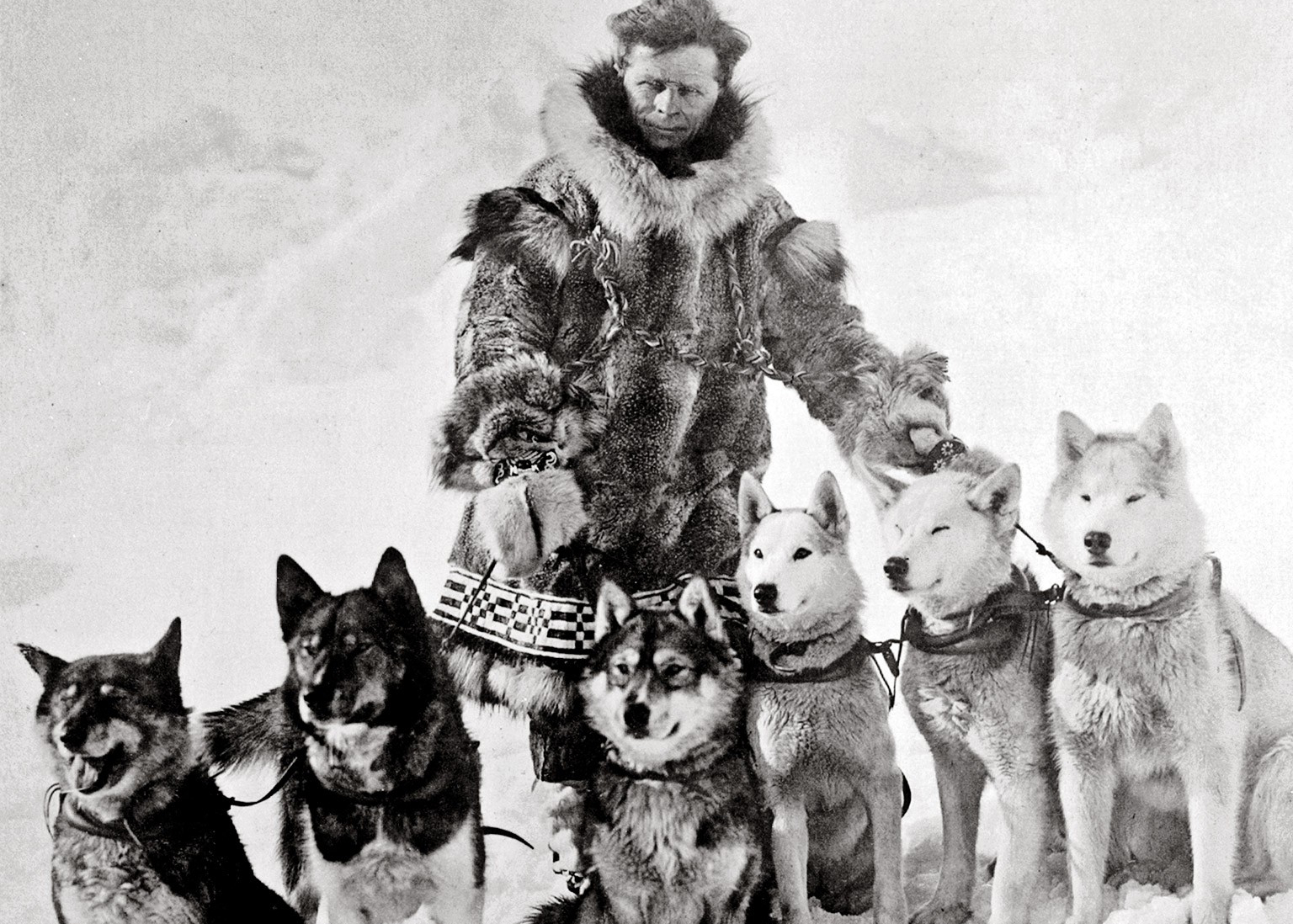 Carrie McLain Museum / AlaskaStock
Carrie McLain Museum / AlaskaStock
Dog Sledding Heroes
All of the mushers and sled dogs in The Serum Run in 1925 were considered heroes.
Balto, one of the lead dogs on the serum run, became a famous hero, and his statue stands in New York City's Central Park.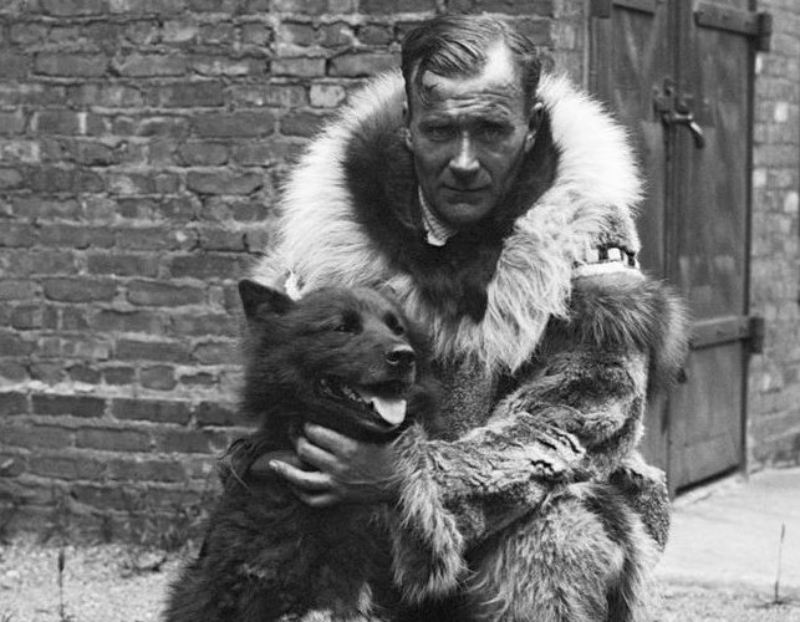 Brown Brothers, Wikimedia Commons
Brown Brothers, Wikimedia Commons
Sled Materials
Modern sleds are typically made of lightweight materials like aluminum or carbon fiber, making them easier to handle and faster.
Early, traditional dog sleds were made of strips of wood lashed together.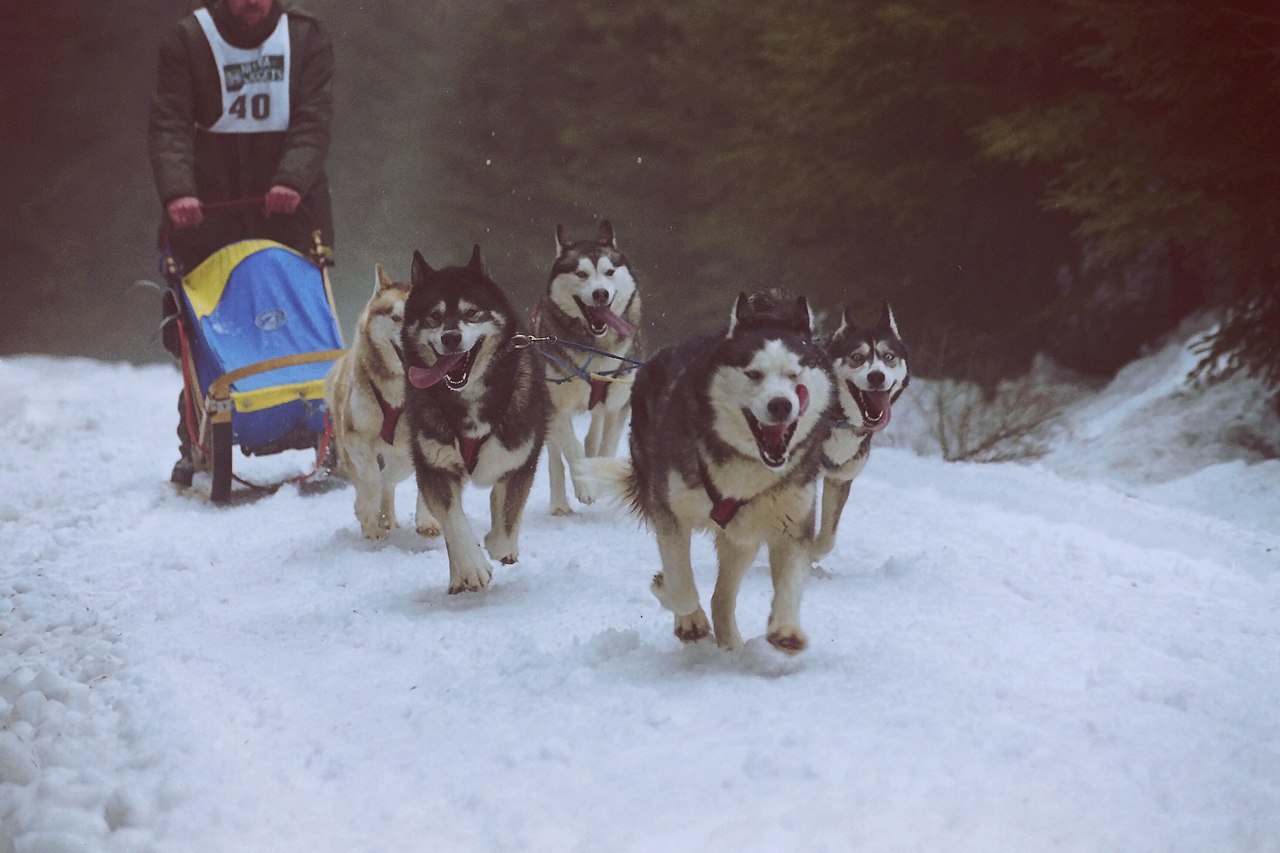 Wolfgang Hägele, CC BY-SA 3.0, Wikimedia Commons
Wolfgang Hägele, CC BY-SA 3.0, Wikimedia Commons
The Equipment
Sled dogs wear specially designed harnesses that help distribute weight evenly across their bodies, reducing the risk of strain or injury.
A well-fitted harness is essential. It minimizes pressure on the neck, allows the dog to pull efficiently, and ensures full freedom of movement. With the right gear, dogs can perform at their best while staying safe and comfortable on the trail.
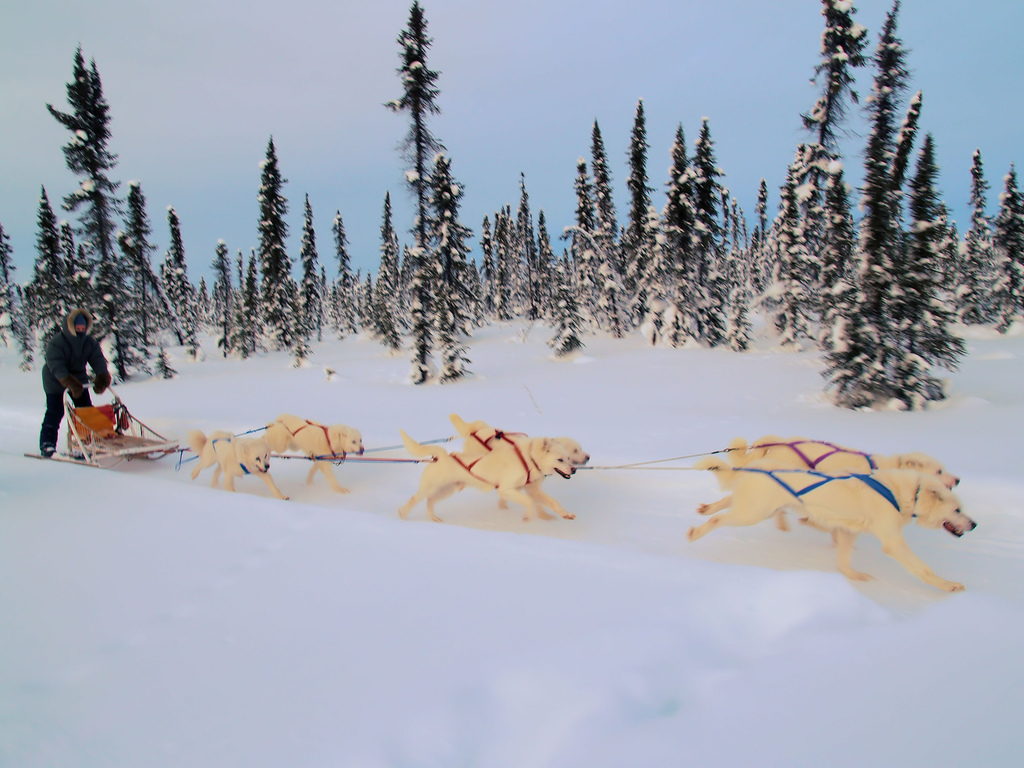 EclecticBlogs, Martin Male, CC BY 2.0, Wikimedia Commons
EclecticBlogs, Martin Male, CC BY 2.0, Wikimedia Commons
The Attraction
Dog sledding has become a popular tourist activity in many cold regions, giving people the chance to experience the thrill of mushing.
Some tour companies will allow people to cuddle and bond with the dogs prior to the adventure. Most tours involve a small lesson in dog sledding before the journey.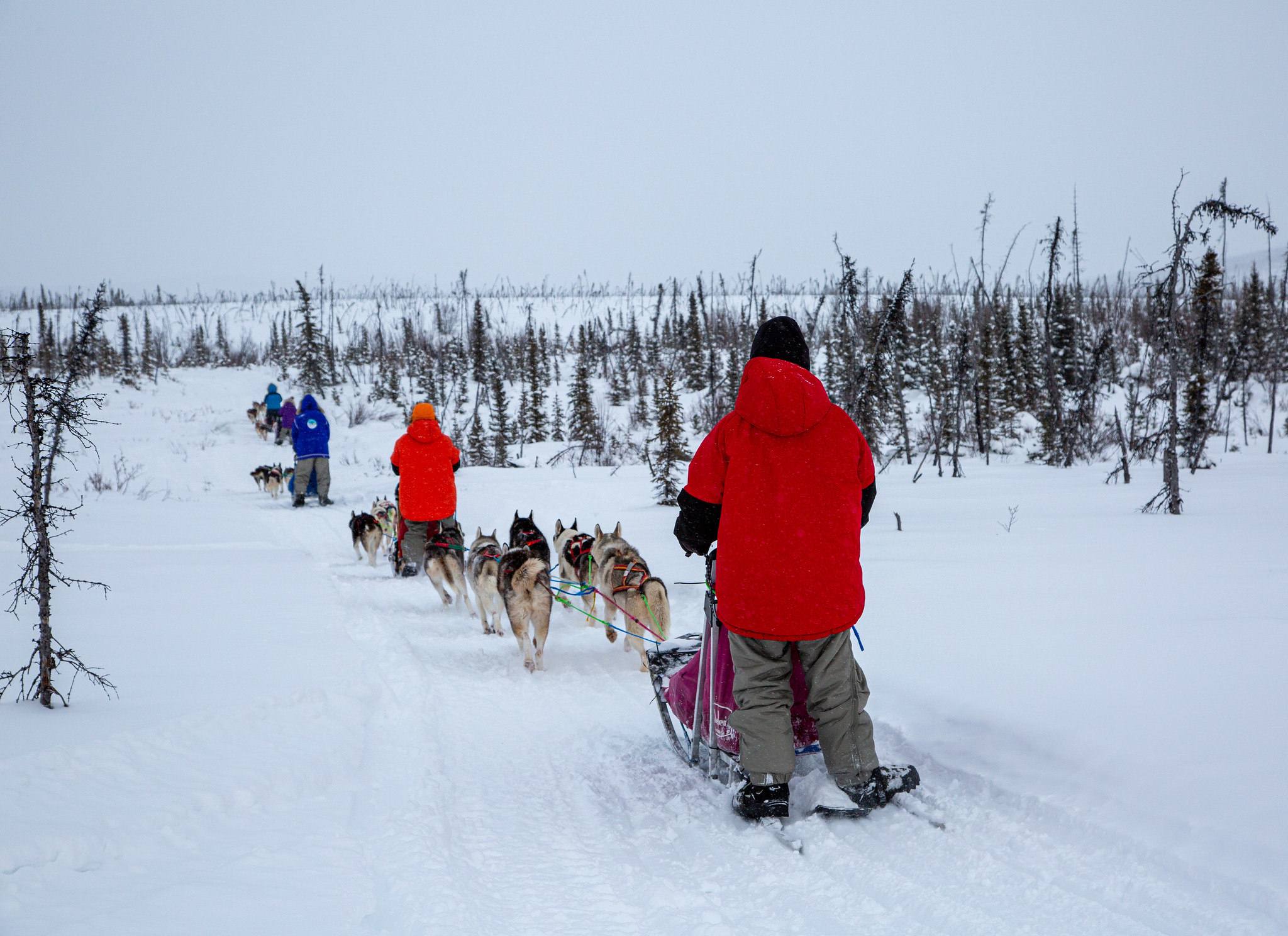 Bureau of Land Management Alaska, Flickr
Bureau of Land Management Alaska, Flickr
Ethics & Environment
Dog sledding is an environmentally friendly mode of transportation, as it doesn't rely on fossil fuels. It is also considered ethical as sled dogs are treated extremely well.
They are often seen as athletes and are cared for as such.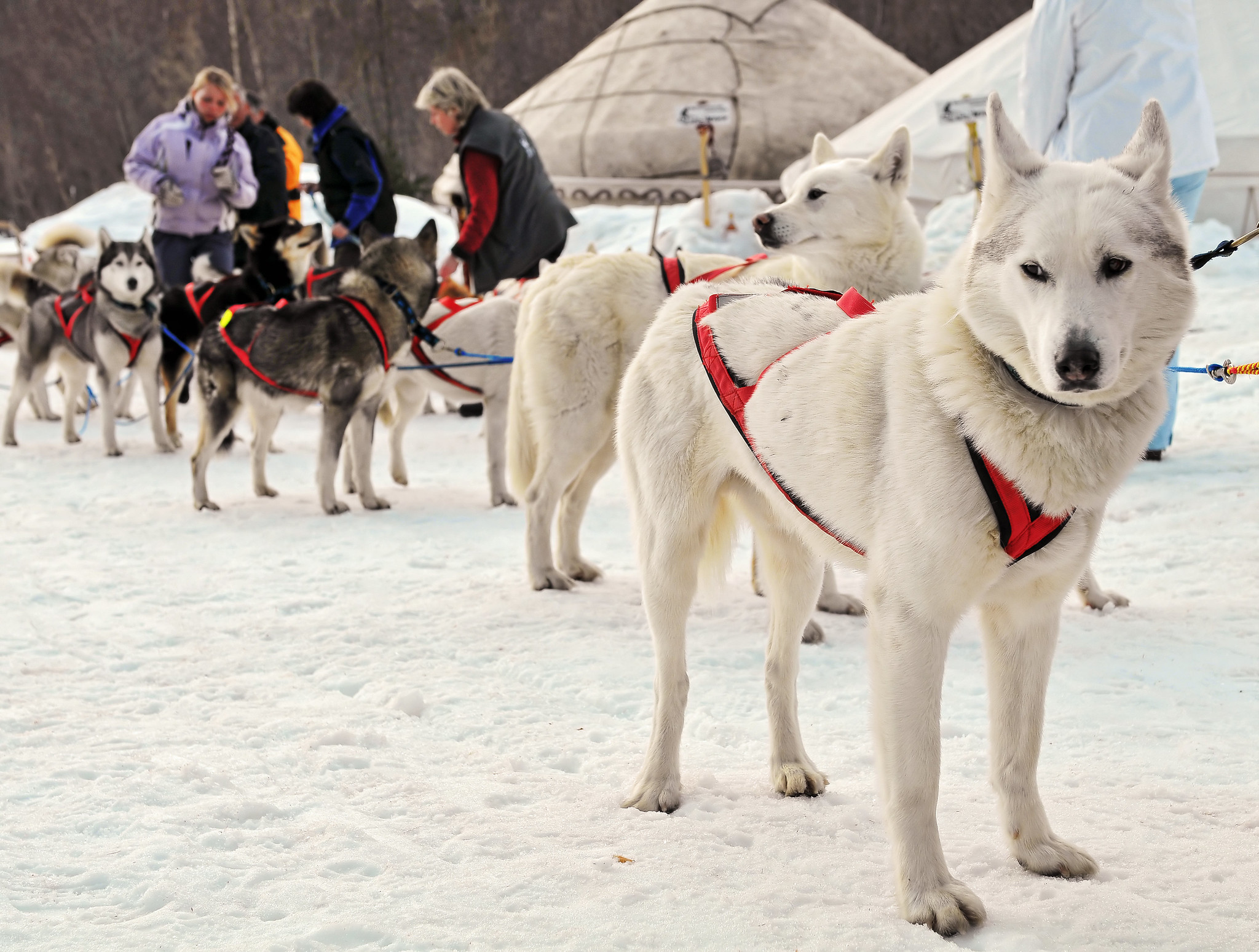 Tambako The Jaguar, Flickr
Tambako The Jaguar, Flickr
Winter Olympics
Dog sledding made its Olympic debut in 1932 at the Winter Games in Lake Placid, New York, where it was featured as an official demonstration sport.
The event brought together five competitors from Canada and seven from the United States, racing under the rules of the New England Sled Dog Club. The course, run twice, stretched over 25.1 miles (40.5 kilometers), showcasing the endurance and skill of both mushers and their teams.
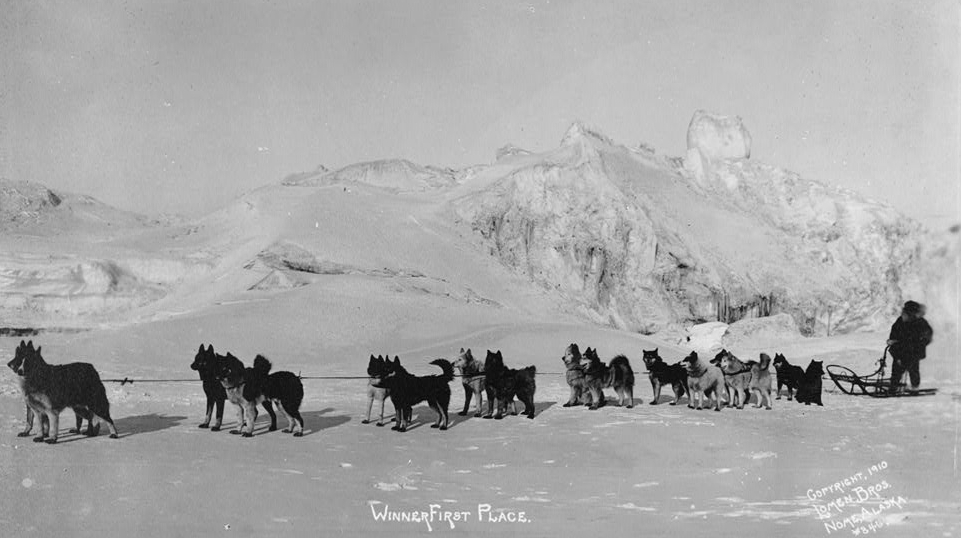 The Library of Congress, Wikimedia Commons
The Library of Congress, Wikimedia Commons
The Biggest Dog Sledding Race
The Iditarod is the most prestigious sled dog race in the world. The event happens each year, and takes competitors about 10 days to travel two mountain ranges, the frozen Yukon River and the treacherous Bering Sea ice. The race ends in the old Gold Rush town of Nome.
The top 3 winners in 2023 received $40,000-$52,000 in prize money.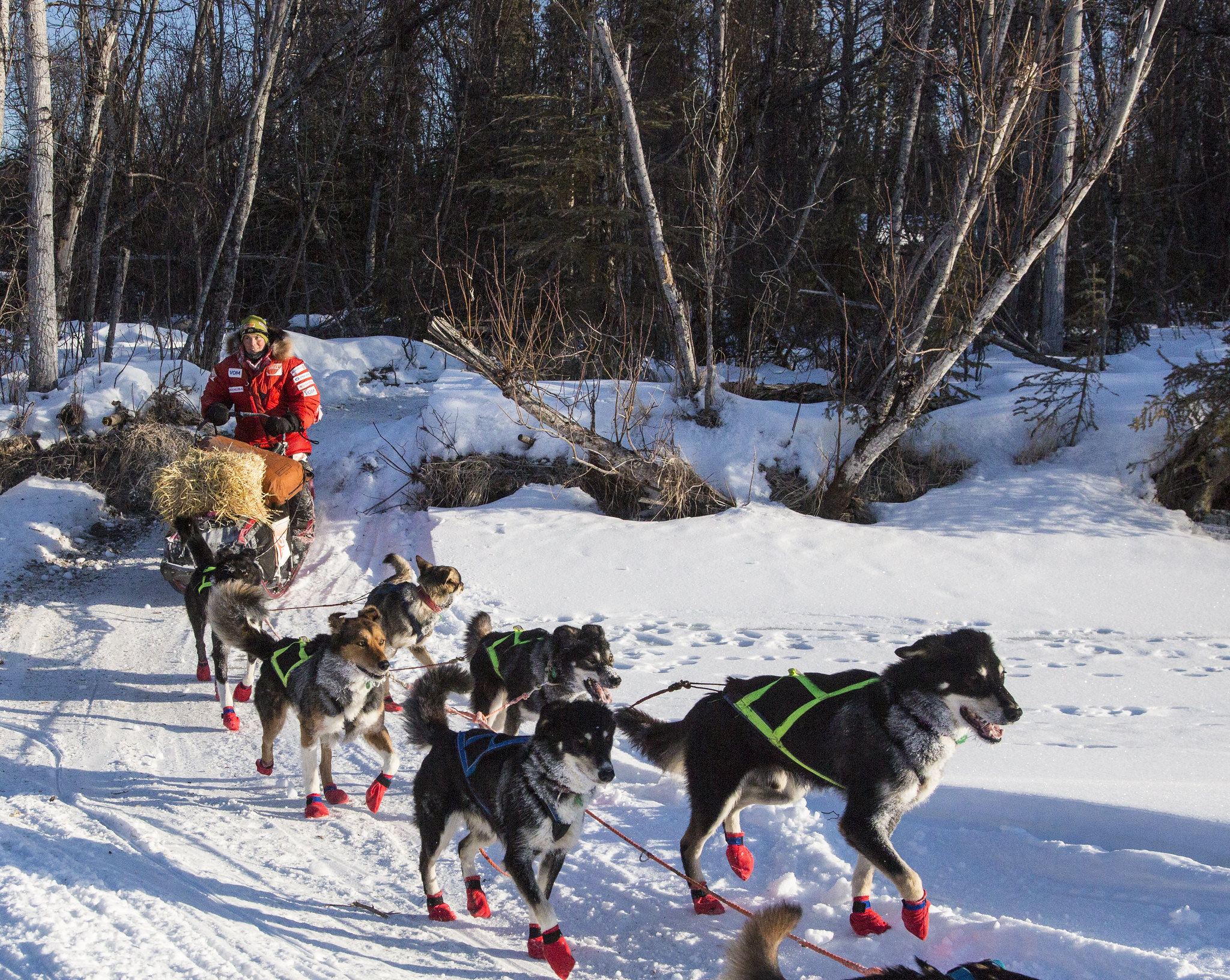 Bureau of Land Management, Flickr
Bureau of Land Management, Flickr
Dog Sledding Experiences
There are many opportunities around the world for dog sledding.
You can take courses/lessons, go on guided tours, and attend dog sledding events. If you happen to visit a colder climate destination you are likely to see dog sledding as active transportation. Most dog sledding tourist experiences will cost around $500+, but it is said to be an experience like no other. TriplexAdventures, Needpix
TriplexAdventures, Needpix
Final Thoughts
Today, dog sledding serves as both an exhilarating winter sport and a practical mode of transportation in remote, snow-covered regions where roads are few and far between.
Sled dogs are incredibly strong and well-adapted to cold climates — and with proper care from dedicated mushers, the practice remains both ethical and environmentally friendly.
If the idea of gliding through snowy landscapes behind a team of powerful dogs sparks your interest, you’ll find plenty of opportunities around the world to either watch the action or experience it firsthand.


